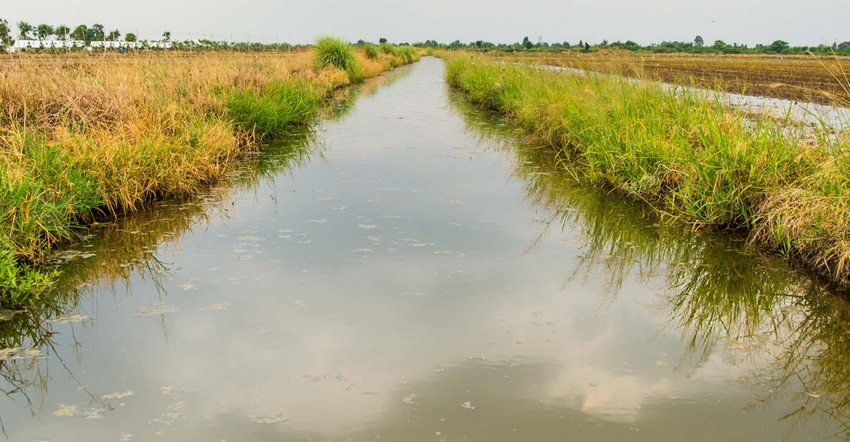April 21, 2020

The EPA and the Army Department published the Navigable Waters Protection Rule to define the Waters of the U.S. in the Federal Register today, April 21.
The agencies are streamlining the definition so that it includes:
four categories of jurisdictional waters,
provides exclusions for many water features that traditionally have not been regulated, and
defines terms in the regulatory text.
In the Clean Water Act, Congress directed the agencies to protect navigable waters. The Navigable Waters Protection Rule regulates traditional navigable waters and the core tributary systems that provide perennial or intermittent flow into them.
The four categories of jurisdictional waters:
The territorial seas and traditional navigable waters,
Perennial and intermittent tributaries to those waters,
Certain lakes, ponds and impoundments, and
Wetlands adjacent to jurisdictional waters.
The final rule also details 12 categories of exclusions, features that are not waters of the United States.
These include:
Groundwater,
Ephemeral features that flow only in direct response to precipitation,
Diffuse stormwater runoff and directional sheet flow over upland,
Ditches that are not traditional navigable waters, tributaries, or that are not constructed in adjacent wetlands,
Prior converted cropland,
Artificially irrigated areas that would revert to upland if artificial irrigation ceases,
Artificial lakes and ponds that are not jurisdictional impoundments,
Water-filled depressions constructed or excavated in upland or in non-jurisdictional waters incidental to mining or construction activity,
Stormwater control features constructed in upland or in non-jurisdictional waters to convey, treat, infiltrate or store stormwater runoff,
Groundwater recharge, water reuse and wastewater recycling structures,
Waste treatment systems.
The final rule clarifies key elements related to the scope of federal Clean Water Act jurisdiction, including:
Removing the proposed separate categories for jurisdictional ditches and impoundments.
Refining the proposed definition of “typical year,” which provides important regional and temporal flexibility and ensures jurisdiction is being accurately determined in times that are not too wet and not too dry.
Defining “adjacent wetlands” as wetlands that are meaningfully connected to other jurisdictional waters, for example, by directly abutting or having regular surface water communication with jurisdictional waters.
The Navigable Waters Protection Rule is the second step in a two-step process to review and revise the definition of “waters of the United States." This final rule will become effective on June 22, 2020 and will replace the Step One Rule published in October, 2019.
The Agricultural Retailers Association praised the work of the Trump administration.
"The new definitions of Waters of the United States are realistic, practical and science-based," said ARA President and CEO Daren Coppock. "We are grateful for this action and to have this issue behind us when the rule officially goes into effect on June 22, 2020."
“I’m encouraged that the new rule takes steps to protect lakes, ponds, streams, and other tributaries, while providing that certainty to our ag producers," said House Agriculture Committee Chairman Collin Peterson of Minnesota.
About the Author(s)
You May Also Like




